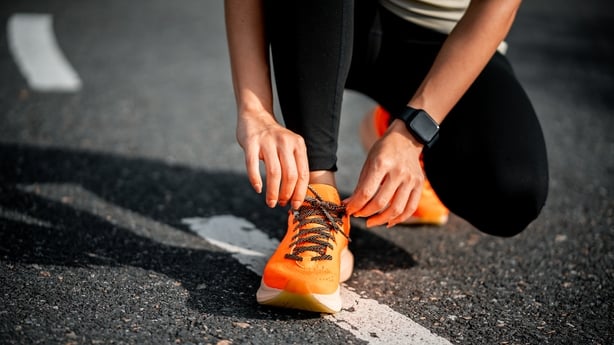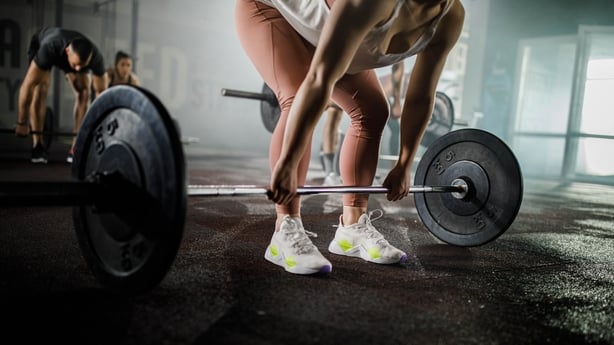Summer is a time for relaxing with friends and family, soaking up the sun (where you can get it) and taking the foot off the pedal, even a little bit. For some of us, that means easing up on exercising, as travel and social gatherings take priority while the weather is good.
Now, at the end of the summer, you might be wishing that wasn't the case, if only because you're facing getting back to the gym after a few weeks off.
Getting back in the habit of exercising can be challenging, but being realistic with what your body can do can help. Jenny Branigan, Chartered Physiotherapist from Total Physio, joined Today with Claire Byrne to share her tips for avoiding injury when getting back to fitness.

While many people use the New Year to take on fitness goals, September has its benefits too, Branigan said.
"I think this is a way better time of year because it's still light in the evenings, it's warm enough to get out and do your bit of activity, plus you're setting those new routines for the whole family, so actually what you can do is build it into your routine quite nicely so it's seamless for the rest of the school year - hopefully!"
She added that there's usually a "gallop" toward the summer, when holidays and trips knock us out of our habits. The most important tip for getting back into routine is being realistic, she said.
"You need to be honest and just look at where you're at now, and unfortunately the body forgets very quickly."
She mentioned a "terribly shocking study" that came out recently that showed "if you haven't done something in four weeks you have to retrain that tendon to be able to withstand that" exercise.
"If you haven't done anything since May you have to really get back nice and easy, take the ego out of it and think, right, it doesn't matter what I did last February, now I need to be able to build back up from where I am today."

For runners who are getting back into exercising after a break, Branigan suggests they take up strength training if they haven't already. "When you start to go above eight or 10km little niggles that you might have start to show", she said.
"If you have that strength piece in place, as well as the running, you'll get much further without having to come to the likes of me."
Feeling clicks or a crunching sensation in your knees when walking up or down steps is a something many of us have experienced, though Branigan said that once there's no pain, she isn't worried about it.
"Now what you can do to try and offset that is try to build up the strength in your legs, lots of lunges, lots of squats, building the strength in your buttocks, but there's no guarantee that it will get rid of the clicking."
When it comes to children and teenagers, Branigan said parents should be on the lookout for over-exertion, particularly when it comes to balancing school and extra-curricular activities.

Growing pains are often stated as the cause for a lot of discomfort in children and teens, however Branigan said other pains can be misdiagnosed.
"It's just because they're going through that growing phase, there's a bit of an imbalance between how quickly the soft tissue, your muscle and your tendons, grow compared to how quickly the bone grows."
Prioritising recovery is just as important for teens as it is for adults, especially if they're coming into PE classes and after-school sports after a busy and active summer.
For more tips, listen back to the full interview above.

